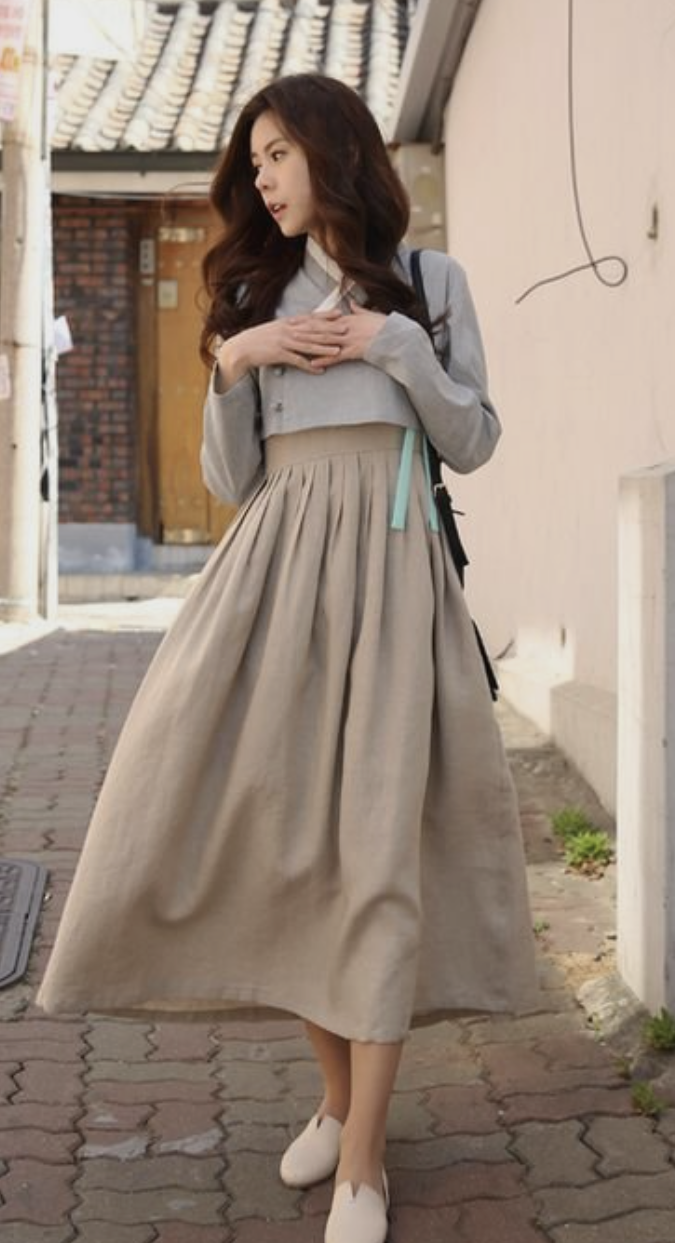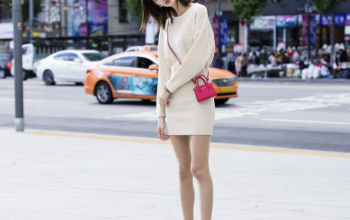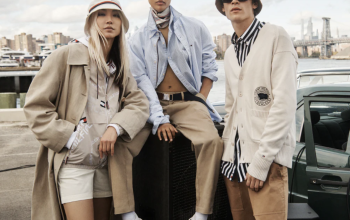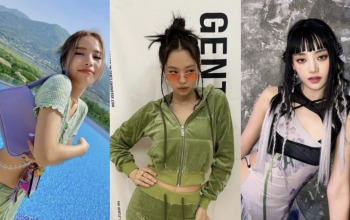Some clothes are just clothes. They serve, they fit, they fade. Others — they say something. They hold space. They frame your body the way a gallery frames a canvas.
Welcome to the realm of art-inspired fashion — where garments aren’t just worn, they’re experienced. A slow, intentional trend rising from the ateliers of independent designers, the pages of architecture books, and the white-walled stillness of exhibitions.
This isn’t about flamboyance or extravagance. It’s about composition, texture, and a refusal to separate art from life.
The Aesthetic: Sculptural. Considered. Clever.
You won’t find logos here. No slogans, no obvious shapes. Instead, the pieces speak in texture, in unexpected drapes, in curious lines. A jacket with sleeves that fold like origami. A skirt constructed like a mobile sculpture. A dress that doesn’t cling, but hovers.
These are clothes that question form. That make you pause. That invite touch and second looks.
Fashion, in this space, becomes a study of proportion, weight, silence.
Key Elements of Art-Inspired Fashion
While the genre resists definition, certain traits emerge:
- Asymmetry
Hems that fall at angles, collars that twist off-centre, necklines that change as you move. - Textural Focus
Crinkled poplin, waxed cotton, brushed wool, raw silk. Fabrics chosen for their imperfections. - Neutral or Muted Colour Palettes
Clay, off-white, charcoal, slate, ochre, ecru. Occasionally interrupted by an electric blue or burnt orange — like a single brushstroke on a blank canvas. - Architectural Cuts
Boxy shoulders, wide trousers, cocoon coats. Often with little embellishment, but perfect balance. - Layered Volumes
Tunics over wide-leg culottes. Cropped knits over long shirts. Dresses over trousers. Proportion becomes play. - Art-Inspired Prints
Watercolour washes, abstract lines, hand-drawn ink motifs. Often exclusive, sometimes hand-applied.
This is not trend-led dressing. It’s idea-led. These garments don’t age out of style — they simply exist.
The Mind Behind the Style
Art-inspired fashion tends to attract a particular kind of wearer: curious, visually literate, detail-obsessed. People who buy a coat not because it flatters, but because it reminds them of a Barbara Hepworth sculpture. Who see a crumpled cotton shirt and think of Cy Twombly.
They are collectors, not consumers.
This fashion speaks to people who find romance in restraint. Who admire tailoring not for its perfection, but for the way it falls when you move. The sound a hem makes. The tension between sharp lines and soft fabrics.
In short: people who see the poetry in design.
Where It’s Happening
From quiet corners of contemporary fashion houses to experimental boutiques on London’s side streets, art-inspired style is emerging as a refined rebellion — an answer to mass-produced monotony.
Look to:
- Margiela & Lemaire – Conceptual construction and subtle drama.
- Acne Studios – Swedish eccentricity with form-first logic.
- JW Anderson – Deconstructed elegance meets wearable sculpture.
- COS Atelier – High street minimalism, elevated into architecture.
- Studio Nicholson – Purist tailoring with Japanese sensibility.
Even younger British labels like Eftychia, Yuhan Wang, and Rejina Pyo bring an art school spirit to the city’s aesthetic vocabulary.
How to Style It
Here, styling is quiet, deliberate. Accessories are minimal but meaningful — sculptural earrings, a geometric clutch, maybe a wide leather belt placed unusually high. Hair is slick or natural, makeup barely-there or an unexpected stroke of cobalt.
Shoes? Often understated. Loafers, round-toe boots, sandals with architectural soles. Nothing loud, but everything purposeful.
And layering becomes a conversation — not just about warmth, but about shape and flow.
Why It Sells
In a fast world, this is slow. In a loud market, this is considered. For the customer exhausted by noise, art-inspired fashion offers clarity — not just in design, but in emotion.
It sells because it feels personal. Because it doesn’t chase trends, but offers a lens through which to understand your body, your mood, your day. It gives the wearer control — not over attention, but over meaning.
And in a culture increasingly drawn to slow living, analogue texture, and tactile experience, this kind of fashion is not a niche — it’s a necessary alternative.
The Final Word
You don’t need a gallery pass to live with art. Sometimes, all it takes is a perfectly structured coat. A pleated shirt that makes your posture change. A dress that moves like a Rothko painting.
Art-inspired fashion isn’t for the loud. It’s for the tuned-in. The precise. The ones who feel before they speak.
Because in this world, you’re not just dressing to be seen.
You’re dressing to feel something.



